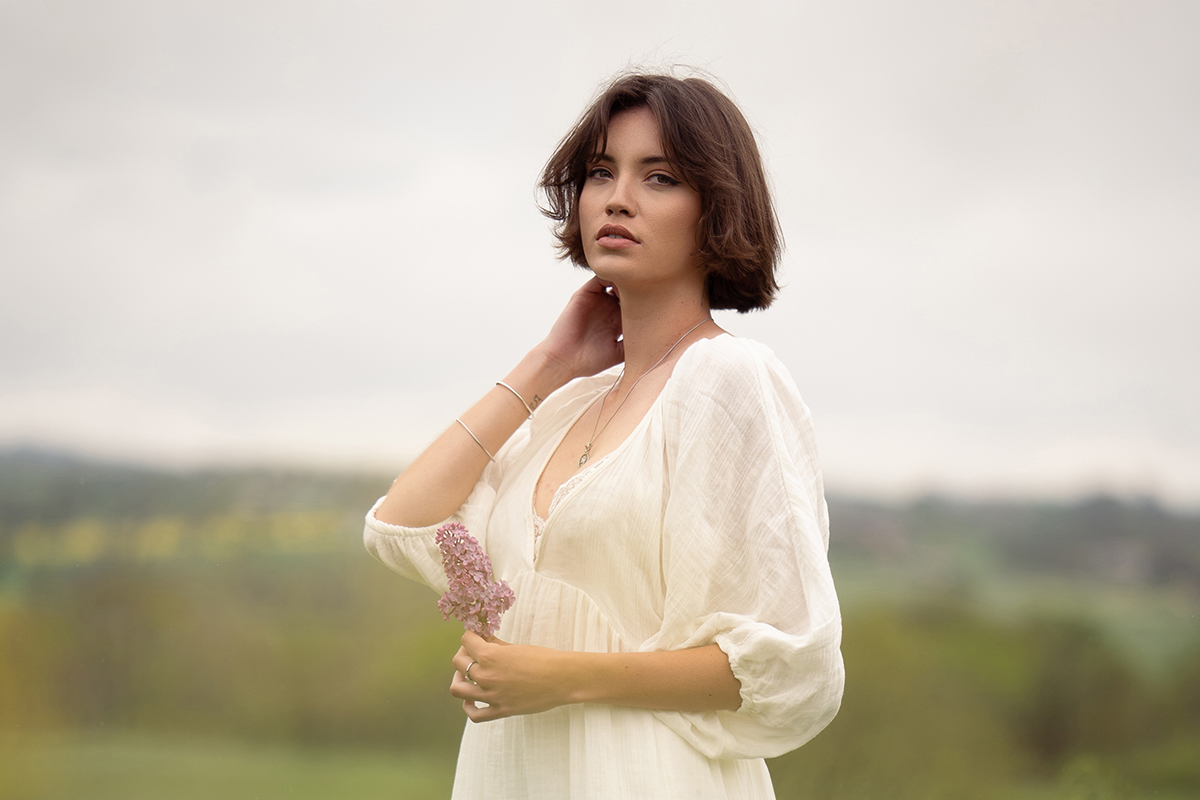In Pursuit of Aesthetics
With his Tamron 70-180mm F2.8 VC G2 telephoto lens, photographer Tony Boussemart creates portraits that merge style with emotion.
Share the article:
More Photo Tips | Video Gallery | Photo Gallery | Enewsletter sign-up
By Jenn Gidman
Images by Tony Boussemart
Tony Boussemart’s mother always encouraged him as a child to indulge his captivation with all things artistic, whether it was drawing, painting, graffiti, or music. “However, it wasn’t until I was 17 when I discovered my true passion for video and photography,” says Tony, now a portrait and fashion photographer who lives in Albi, near Toulouse in the South of France. “Since then, I’ve taken immense pleasure in capturing the moments that surround me.”
To assist him in his portrait photography endeavors, Tony relies on the new Tamron 70-180mm F/2.8 Di III VC VXD G2 telephoto zoom lens for his Sony mirrorless camera system. “This lens is remarkable,” Tony says. “What particularly appeals to me is its exceptional versatility. Switching from a focal length of 70mm to 180mm in the blink of an eye, all while benefiting from that wide F/2.8 aperture, is a real asset. It allows me to create exceptional background blur, especially at the 180mm end. The sky is also typically my sole source of light, so I need a lens like this that can come through for me in less-than-ideal lighting.”
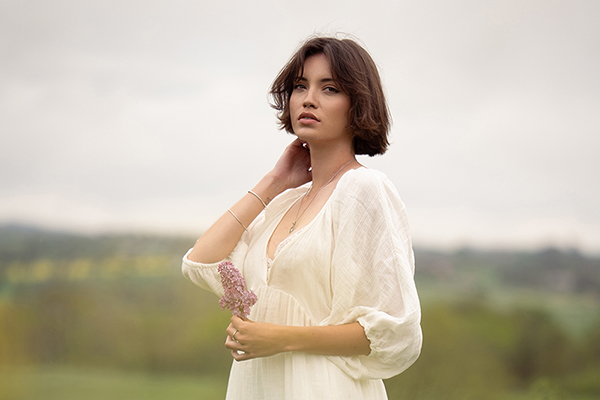
70-180mm G2 (134mm), f2.8, 1/1600 sec., ISO 160
Click image to view larger
Tony is also impressed with the 70-180mm G2’s sharpness and image quality. “I’m convinced that the inclusion of Tamron’s Vibration Compensation (VC) technology contributes to this, eliminating motion blur even at slower shutter speeds when I’m shooting handheld,” he says. “The 70-180mm G2 has become an essential part of my lens collection.”
The appeal of portrait photography for Tony runs deep. “During a portrait session, a connection forms between the photographer and the subject, providing a unique human experience,” he says. “I also enjoy meeting new people, a dimension that sets portrait photography apart from other genres such as landscape photography. Beyond the relational aspect, portrait photography allows me to explore and capture the emotions and personality unique to each individual.”
“What excites Tony most, however, is the pursuit of aesthetics. “I love to highlight the beauty of a body or a face by placing them in specific contexts, creating images that harmoniously blend those aesthetics and my subjects’ emotion,” he says.
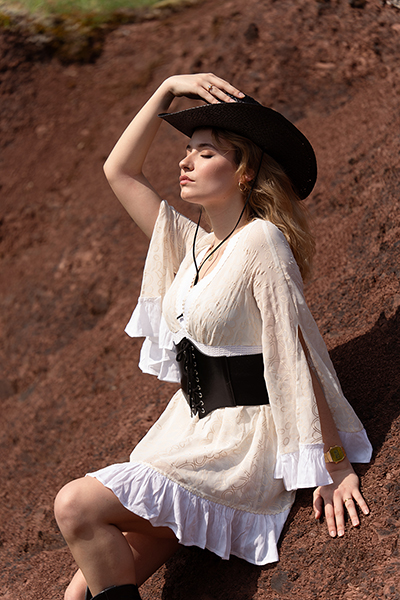
70-180mm G2 (106mm), F2.8, 1/1250 sec., ISO 50
Click image to view larger
TONY’S QUICK TIPS IN PHOTOGRAPHY
Get organized before the shoot.
This is the most challenging phase of my work, because I constantly strive to create new experiences. It involves managing communication with the client or model, coordinating with makeup artists, finding the ideal location, selecting appropriate outfits, and keeping an eye on the weather. All of these steps require a significant amount of time and energy—but it’s well worth the effort when I see the final result.
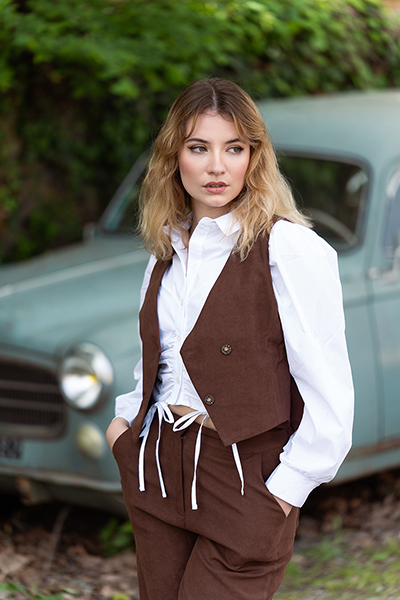
70-180mm G2 (129mm), F2.8, 1/200 sec., ISO 50
Click image to view larger
Make sure your model is comfortable.
To me, this is the most important aspect of a portrait session. Beyond all the technical aspects, such as equipment, moodboard, or location, the well-being of the model during the session accounts for half of the final result. It’s essential to establish a strong foundation before the session by fostering open communication and building a connection, which should include discussions to better understand the model’s personality and preferences. Once the session begins, I try to provide clear and precise guidance to direct the model. One of my little secrets for portrait photography is that I demonstrate the poses myself—despite the fact that I’m over 6 feet tall.
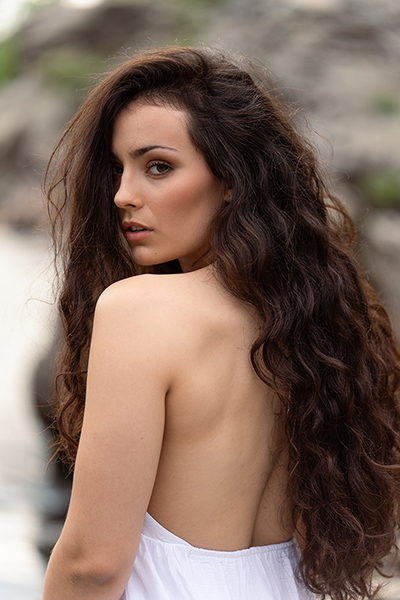
70-180mm G2 (119mm), F2.8, 1/200 sec., ISO 50
Click image to view larger
Know your angles.
Camera angles have the ability to influence the perception of a model's masculine or feminine features. About 90% of the time, I prefer to slightly lower the camera when photographing a male model, which highlights the upper part of his chest and accentuates his masculine side. Conversely, when photographing a female model, I like to shoot from a higher angle to showcase her stance, face, and gaze.

70-180mm G2 (133mm), F2.8, 1/500 sec., ISO 160
Click image to view larger
The angle I choose also depends on the model's personality, the location of the shoot, and the outfits they’re wearing. That’s why it’s essential to experiment with various angles and poses, based on these specific elements, to best highlight your subject. Photography is an art that allows for creativity and adaptation, and we should take advantage of that.

70-180mm G2 (99mm), F2.8, 1/1600 sec., ISO 160
Click image to view larger
Remind yourself: There are no rules.
Well, there are, but you don’t always have to follow them. I have guidelines I keep in mind—where and how the light is falling tends to influence my decisions—but I lean more toward an instinctive approach. I consider myself a field photographer, prioritizing learning through practice and experimentation, and embracing failures as a means of progress. I've never thought to myself, "Oops, I didn't follow the rule of thirds.” What matters is how people perceive a photo at first glance, and the emotions it conveys.
To see more of Tony Boussemart’s work, check out his website and Instagram.
Is your Tamron News subscription up to date? Click to subscribe to all editions of Tamron News featuring how-to tips, new product news, contest announcements and inspiration!
More Photo Tips | Watch Videos | Learn More About Tamron Lenses | Photo Gallery
